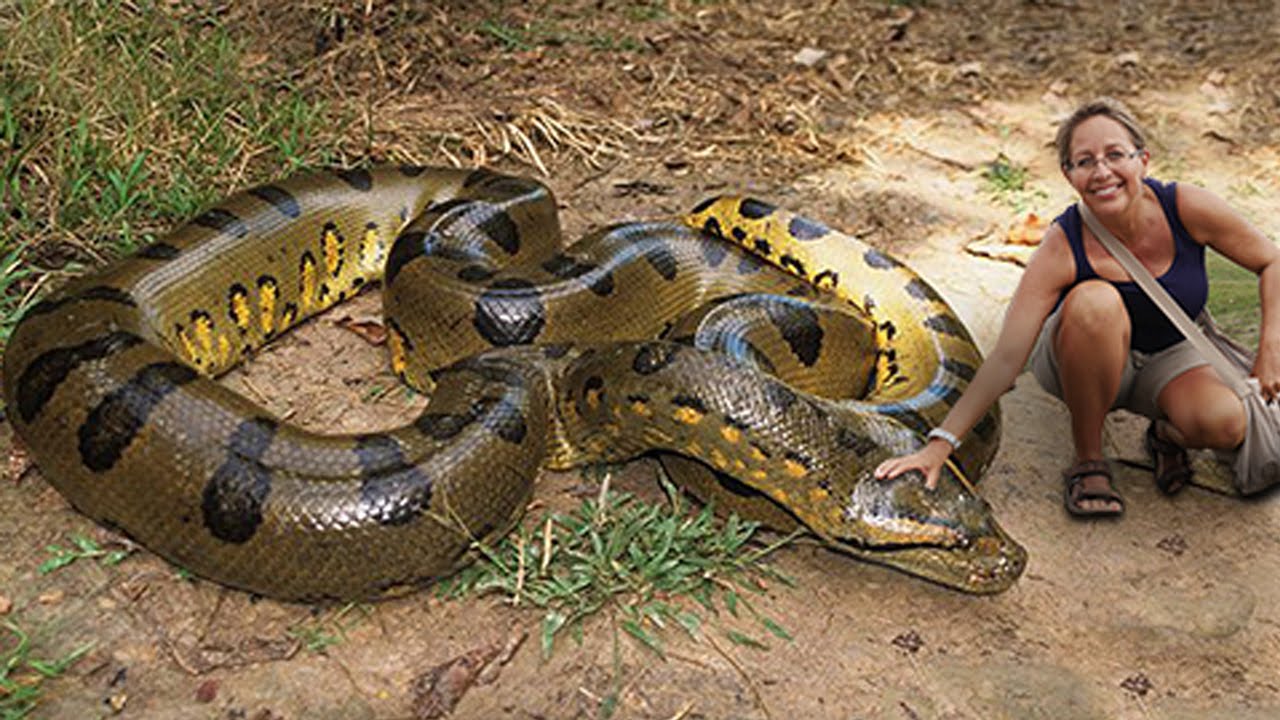

Seeing a large python is a special, and pretty rare sight. Take a minute or ten to enjoy the sighting.

For your sake, I hope it doesn’t – well, not immediately. It will most likely disappear in a few seconds. Should you be somewhere in the bush, or maybe even deep, down in the gorge, and you happen to spot a large python basking in the sun, don’t panic. There are records of Southern African Pythons devouring what I presume were children, but there hasn’t been a proven case in a long time. Many people are terrified of even 2.5m specimens eating children, which just won’t happen. Unfortunately, the movie ‘Anaconda’ has not done the python’s reputation any good. In areas where there’s many people, such as Inanda, they’ll mostly feed on livestock, especially chickens. They’ll also take other reptiles too, such as small crocodiles and adult monitor lizards. Adults, well, their diet consists of quite a lot! Small mammals, such as small-medium antelope, and even monkeys have been recorded as prey. Juvenile pythons spend a lot of time in trees, away from danger, and will feed on birds, bats and rodents. The average adult size of the pythons I rescue is three to three and a half meters in length, with a handful being around the four meter mark.

A python crossing that busy road, in a suburb, was just bizarre! Last year, I was fortunate enough to rescue a four meter specimen on Link Road in Waterfall, whom was just under four meters long and who weighed thirty-one kilograms. How I wish to see a specimen at that size! Sadly, such giants are very rare, especially anywhere near suburbia. The Southern African Python can reach impressive lengths of five meters or more, and can weigh over sixty kilograms. Our Southern African Python (P.natalensis), and in northern parts of Africa, there is the Rock Python (P.sebae).

Previously known as the Rock Python, the species has since been split into two subspecies.


 0 kommentar(er)
0 kommentar(er)
